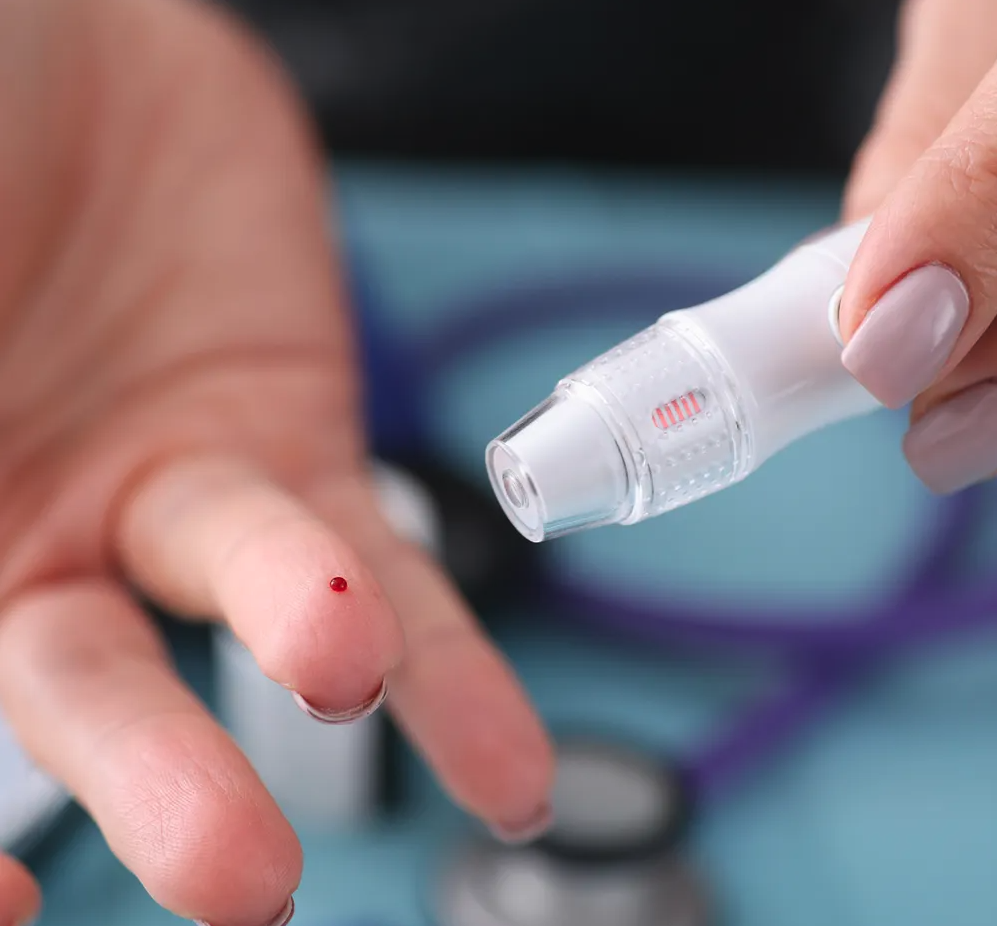Alcohol biomarkers serve as crucial tools for monitoring both recent and long-term drinking habits, offering valuable insights into an individual’s alcohol consumption patterns. Among these biomarkers, Phosphatidylethanol (PEth) and ethyl glucuronide (EtG) stand out as direct and specific indicators of alcohol ingestion.
PEth and EtG are only produced in the body when ethanol is metabolized or reacts with certain substances. As a result, their presence indicates recent alcohol consumption, making them invaluable in various contexts, particularly where the welfare of children, vulnerable individuals, or legal cases is concerned.
PEth Alcohol Testing
It is widely recognized as one of the most accurate methods for detecting alcohol abuse. It effectively identifies chronic and heavy alcohol consumption, serving both medical and legal purposes. Unlike traditional blood tests that require phlebotomists for blood collection, PEth testing simplifies the process. Blood samples can be obtained using a specialized collection device, requiring only a simple prick at the patient’s fingertip. The collected blood is then transferred directly onto a filter paper card, eliminating the need for additional equipment.
PEth testing boasts a detection window of up to 2 to 4 weeks, enabling the monitoring of abstinence, drinking behavior, and identification of potential relapses. Moreover, it offers insights into changes in alcohol consumption patterns, categorizing usage as heavy, moderate, or minimal.
In scenarios such as family law cases, PEth blood alcohol testing emerges as a comprehensive source of information. Family law professionals and authorities utilize PEth testing results to make critical decisions regarding the welfare and safety of individuals involved.
EtG Testing
Hair Sample
EtG testing through hair samples provides a longer detection window compared to blood or urine tests, spanning 1 to 6 months after alcohol consumption. This method is particularly useful in treatment programs, probation, professional monitoring, court cases, and liver transplant evaluations, where individuals need to demonstrate abstinence over extended periods. However, it cannot measure impairment from alcohol, rendering it unsuitable for workplace alcohol testing.
Urine Sample
The EtG urine test offers numerous advantages, including non-invasiveness, longer detection window (approximately 24 to 80 hours after the last drink), and high sensitivity to low levels of alcohol consumption. This makes it suitable for various applications, such as probation programs, alcohol treatment, and legal cases where recent alcohol consumption needs to be verified.
In summary, alcohol biomarkers such as PEth and EtG serve as indispensable tools in assessing alcohol consumption patterns and promoting accountability across medical, legal, and welfare contexts. Their reliability and specificity make them invaluable assets in addressing alcohol-related concerns and ensuring overall well-being.
For additional information or to schedule a session with us, please contact us here.
